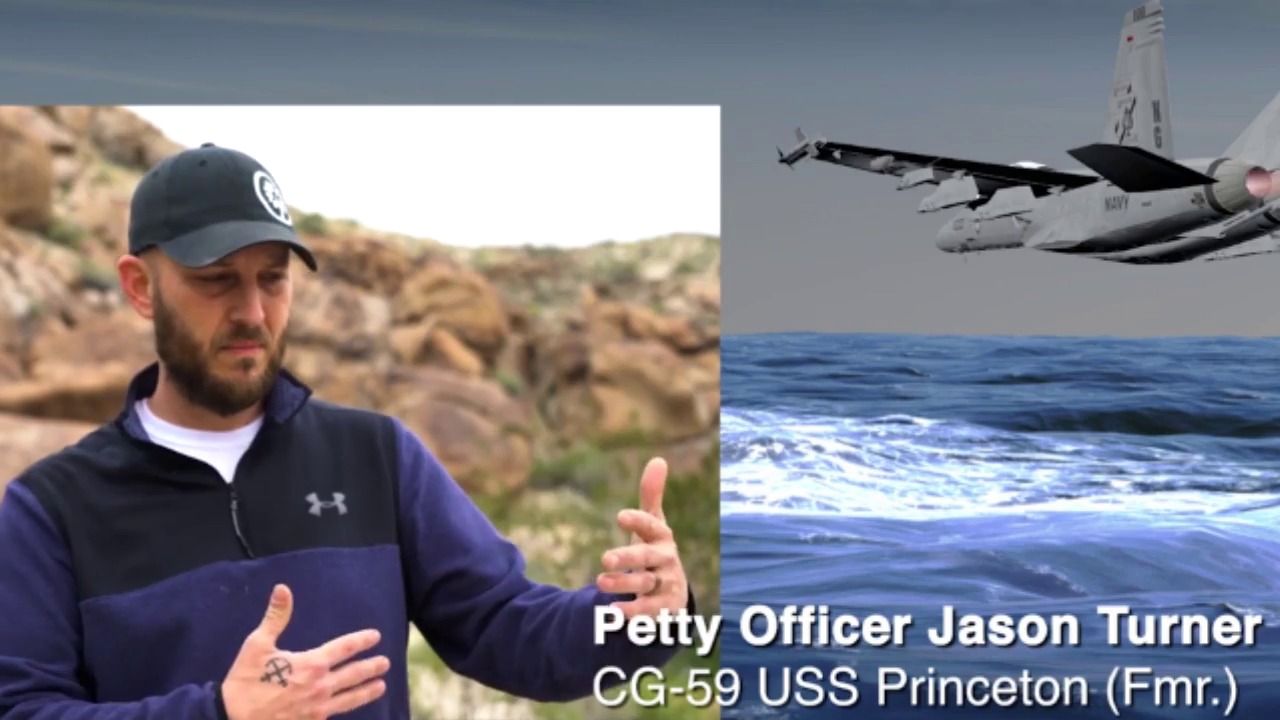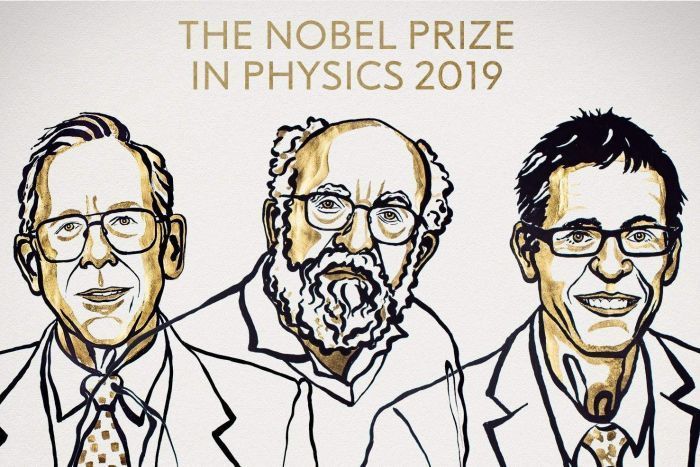This University Acquired a Massive Collection of UFO Files
Listen to “E197 This University Acquired a Massive Collection of UFO Files” on Spreaker.
Article by MJ Banias December 10, 2019 (vice.com)
• Science writer and researcher Chris Rutkowski is a Canadian legend. Considered Canada’s most prolific researcher and writer on UFOs and paranormal phenomena, Rutkowski has accumulated forty years’ worth of files, notes, books and zines pertaining to his research. Rutkowski told Motherboard, “I had always wondered what was going to happen to it all.”
• Then the Director of Archives at the University of Manitoba in Winnipeg, Manitoba approached Rutkowski about donating some of his collection to its library. “After discussing it more over dinner,” said Rutkowski, “I wondered out loud about the possibility of donating my entire collection. And that was that.”
• “The Director of Archives had seen me on TV talking about the Falcon Lake case,” explains Rutkowski. This infamous case occurred on May 20, 1967 when Stephen Michalak was searching for minerals along Falcon Lake, 80 miles east of Winnipeg. All of the sudden Michalak sees a 40-foot UFO land on a rock. After approaching the craft and hearing voices inside, the object emitted a hot gas out of a vent in its side, burning his stomach.
• Michalak was treated by a doctor for severe headache, vomiting, and first degree burns which formed in a grid pattern on his lower abdomen. Canadian doctors were unable to determine the cause of Michalak’s injuries and illness. So he went to the Mayo Clinic in Rochester, Minnesota. Documents from the Mayo Clinic proves that Michalak was not suffering from mental illness or hallucinations.
• Rutkowski believes that the Falcon Lake Incident is one of the best UFO cases to date, and there’s much more documentation supporting it than Roswell and many other famous American cases. It has significant police and military documentation, physical injuries, independent lab tests from two countries, medical reports, and in-depth witness testimony. Geographically, the site of the incident is accessible and physical materials, such as a still radioactive piece of melted silver were recovered. The Canadian government admitted that it actually happened, and issued a commemorative coin to mark the 50th anniversary of the Falcon Lake Incident.
• There are well over 30,000 documents in Rutkowski’s collection. The greatest hurdle is the time and money required to digitize the archive so researchers around the world can access it. The University of Manitoba and Rutkowski have started a crowdfunding campaign to make this happen. Says Rutkowski, “I would hope that the funds will be used by researchers wishing to better understand the nature of the UFO phenomenon, whatever it may be.”
The frozen prairies of Canada have always been home to strange events and mysterious encounters. So it’s perhaps appropriate that the University of Manitoba in Winnipeg has just accepted a large donation of documents from a prolific UFO researcher confirming the province’s “unnatural history.”

Science writer and researcher Chris Rutkowski is a Canadian legend. Undoubtedly the country’s most prolific researcher and writer on UFOs and paranormal phenomena, Rutkowski was approached by the university’s archives and was asked to donate some of his collection to its library.
“I’ve been doing research and publishing in this field for more than 40 years. I’ve accumulated a lot of files, notes, books and zines over the decades, and I had always wondered what was going to happen to it all,” Rutkowski told Motherboard in an interview. “The Director of Archives had seen me on TV talking about the Falcon Lake case. She approached me and asked if I would consider donating the files…After discussing it more over dinner, I wondered out loud about the possibility of donating my entire collection. And that was that.”

The US Air Force’s UFO investigation program, Project Blue Book, investigated an infamous Canadian injury case which allegedly occurred on May 20, 1967, known as the Falcon Lake UFO Incident. As the story goes, Stephen Michalak was searching for minerals along Falcon Lake, 80 miles east of Winnipeg, Manitoba when a strange, 40-foot object landed on an outcropping of rock. After approaching the craft and hearing voices inside it, the object emitted a hot gas out of a vent in its side, burning Michalak’s abdomen. Michalak was examined by his doctor only a few hours after the incident and was treated for his symptoms which included severe headache, vomiting, and first degree burns which formed in a grid pattern on his lower abdomen. While Michalak’s condition temporarily improved, he did suffer from lasting effects.
FAIR USE NOTICE: This page contains copyrighted material the use of which has not been specifically authorized by the copyright owner. ExoNews.org distributes this material for the purpose of news reporting, educational research, comment and criticism, constituting Fair Use under 17 U.S.C § 107. Please contact the Editor at ExoNews with any copyright issue.





